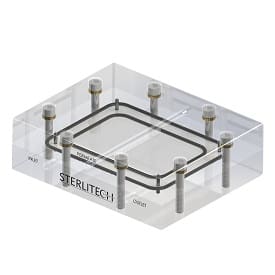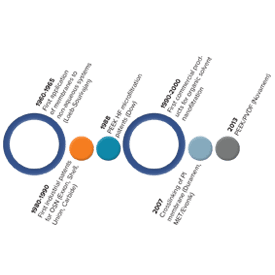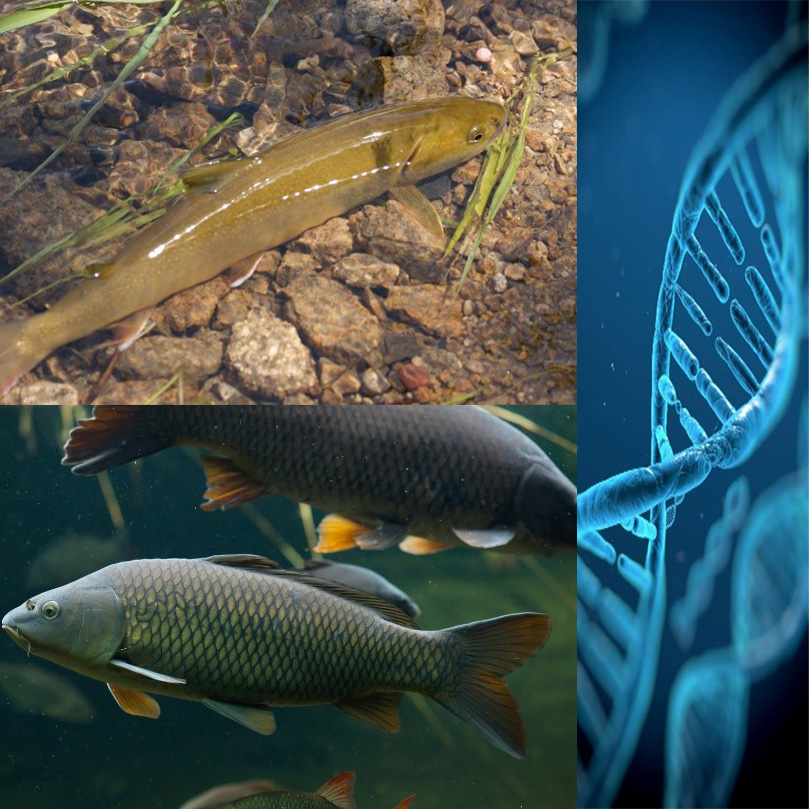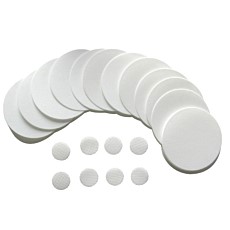Sterlitech now offers an Acrylic Sepa Test Cell in an additional channel depth: 34 mil. The original Acrylic Sepa Test Cell utilizes a 75 mil channel depth and has been widely used by researchers over the years. In many experiments involving the Sepa cells, combinations of stainless steel shims and polymeric spacers (with differing thicknesses) are installed in the cell to reduce the channel depth or mimic the hydrodynamic conditions of commercially available spiral-wound elements.
However, when it comes to the Acrylic Sepa Test Cell, the ability to visually investigate the hydrodynamic conditions inside the cell or to visually observe local fouling at the membrane surface is critical and the basis for the development of the cell. In some cases,






![Join Sterlitech at BIO 2024 [Booth #5558]: Exploring the Future of Biotechnology](https://www.sterlitech.com/media/magefan_blog/b4.jpeg)

